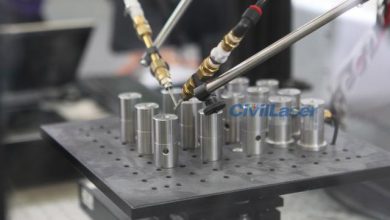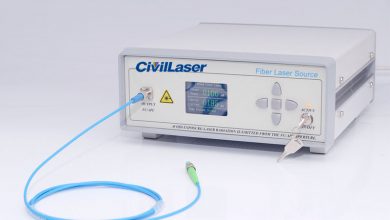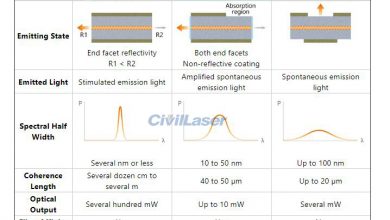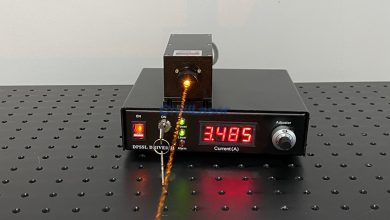473nm Blue DPSS LaserLaser TechnologyLaser Testing
Principle and experimental design of a small 473nm laser
Principle and experimental design of a small 473nm laser
473nm solid laser is different from a 450 nm semiconductor laser;
The 473nm laser is a high-efficiency intracavity frequency-doubled blue laser with a YAG crystal, LBO crystal, and a stable 473nm blue light output.
473nm laser experimental device:
We used a 808nm LD as the pump source, and provided a focusing lens to focus on the laser crystal yttrium aluminum garnet (Nd3+:YAG).
Forming a laser cavity by a flat concave mirror (output mirror),
Thereby producing a 946 nm pulse wave output,
The LBO crystal was used for frequency doubling in the cavity to obtain 473 nm blue light.
The schematic diagram is shown below.

The LD uses Nlight’s 1.5W 808nm semiconductor laser. The optical path should use a short focal length focusing lens with a diameter of Φ5mm and a focal length of F=3.5mm.
In order to obtain a higher output power and a better beam quality, the lens optical surface film system for collimation is required to be as follows: flat concave mirror, concave surface: 473 nm AR, residual reflection <0.5%.
Flat convex mirror, plane: 473 nm AR, residual reflection <0.5%.
Convex: 473 nmAR Residual reflection <0.5%.
In order to achieve the goal of portability and miniaturization, the PC board control size: 42mm × 14mm × 14mm,
DC input voltage: 2.5-3.6VAC, CR2 lithium battery.
473nm laser experimental conclusion:
Through debugging, a high-efficiency intracavity frequency-doubled blue laser is obtained, which can stably output 473 nm blue light, the divergence angle is ≤1.5 mrad, and the conversion efficiency is 3.2%.
Conclusion
In this paper, the theory of frequency doubling of crystals is briefly described. The characteristics of nonlinear optical crystals suitable for UV frequency doubling are summarized. YAG crystals and LBO crystals are selected.
Debug out a high efficiency intracavity frequency doubling blue laser. A stable 473 nm blue light output was obtained with a conversion efficiency of 3.2%.
Therefore, the goal of miniaturization and miniaturization of the semiconductor laser is achieved.




